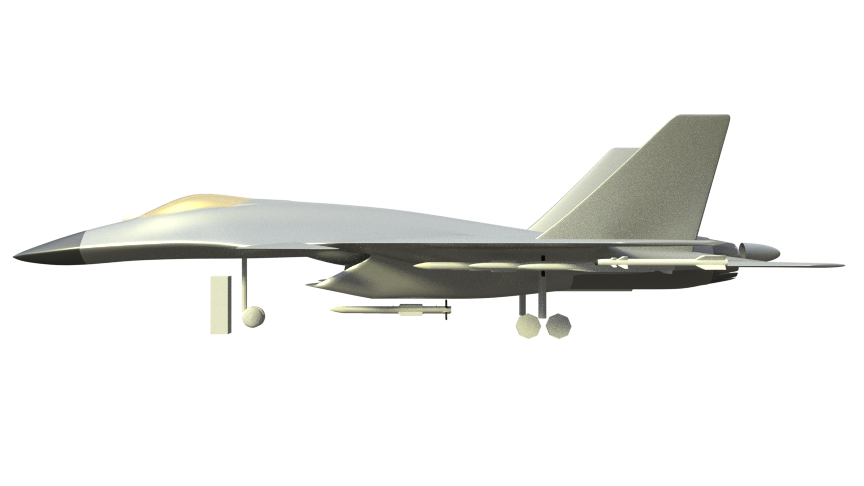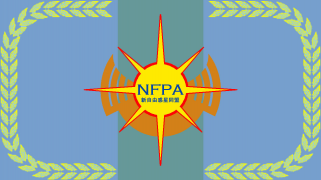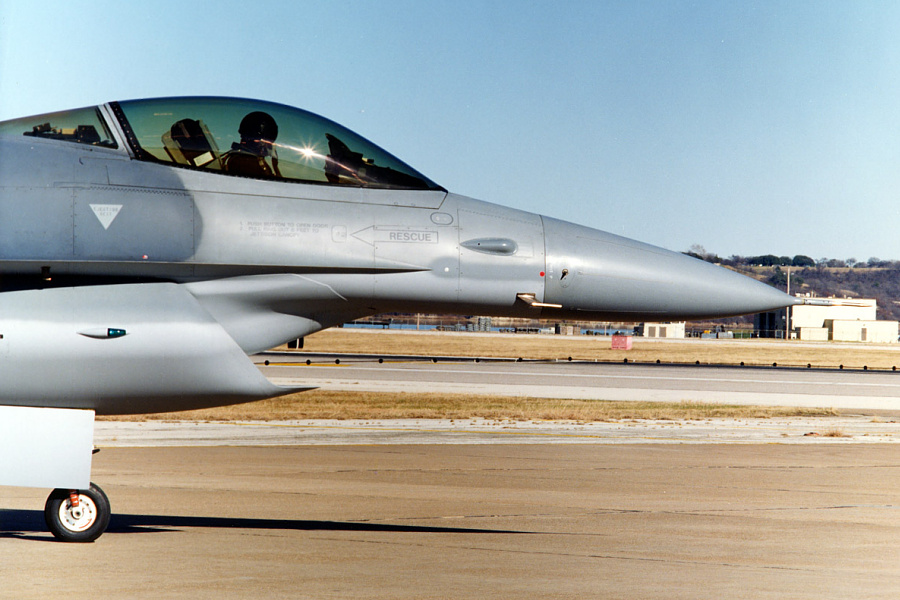Paragania wrote:I tried changing it, did it come out alright? (See below, of course)
So here's the finished version, I guess. I don't know how it came out, to be honest. It's not my best work in my opinion, but it was a little fun to make.
(Image)
And since it's based on the SU-30, I thought for NS I'd try making it in Russian aircraft camo:
(Image)
Hmm not really DSI i see, it need to have bumps.

On a tangential note regarding DSIs and fixed-geometry inlets:
I've not been able to read anything on the matter, but do DSIs affect maximum speeds over Mach 2? I know the F-16 Block 30 with the test DSI reached Mach 2 without any incident, and the F-35 is expected to operate well below this speed, but does it have any effects on maximum speed? And does anyone have any information on the extent of their RCS reduction, ideally vs. the conventional diverter spacing used in the F-22?
I've also read that the use of fixed inlets on the F-22 for stealth purposes affects its maximum speed versus the F-15 with its variable-geometry intake ramps. I'm aware that the focus on stealth over raw speed and the addition of supercruise gives the F-22 a higher "useful" speed than the F-15, but to what extent does this affect maximum speed anyway? Discussions I've seen seem to swing back and forth between "it's slower than the F-15" and "the F119s overcome the issue through sheer brute thrust."
Pressure recovery.
Why the variable ramp inlet such as one in F-15 work for "higher" maximum speed is that because the inlet's oblique shock system can be actively adjusted by moving the ramp, thus allow maximization of pressure recovery. Fixed ramp inlet however can't do this, it can only be optimized at certain maximum mach regime before airflow become uncontrollable.
The DSI is basically similar as fixed ramp inlet but they do not have the diverter (the small gap between inlet and fuselage) It's the "DSI bump" that will break the formation of boundary layer (a thin layer of turbulent air which bad for engine) In respect of RCS reduction, the DSI bump can be made smoothly blended to the fuselage, thus reducing possibility of "edge diffraction" or even "trapping" of EM wave as what might occur at conventional diverter.
Can't really come with image though..haven't really try to simulate it. But that's what i know so far.











